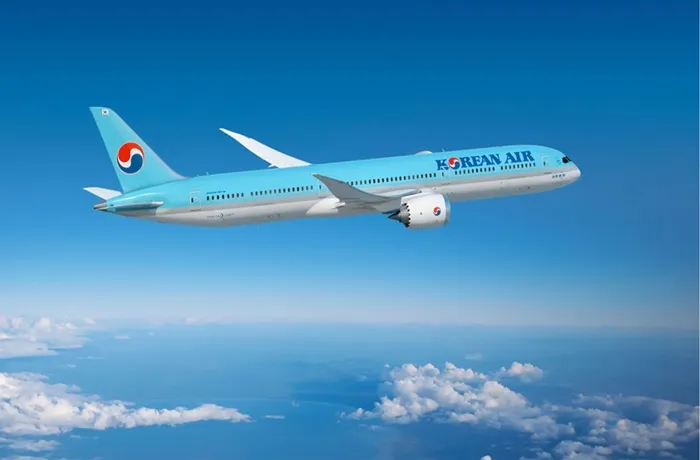SEOUL, SOUTH KOREA – Korean Air is significantly expanding its flight network to China and Japan in response to the increasing travel demand as the industry continues to recover. The airline is resuming several routes and boosting frequencies on key services.
Effective October 22 and December 1, Korean Air will reinstate its Seoul Incheon–Mudanjiang and Busan–Qingdao routes, respectively. These routes had been suspended for four years due to the pandemic. The Seoul Incheon-Mudanjiang route will operate five times a week, on Tuesdays, Thursdays, Fridays, Saturdays, and Sundays, while the Busan-Qingdao service will run daily.
In addition to resuming these routes, Korean Air is enhancing its service to several destinations in China. Starting August 12, the Seoul Incheon-Zhengzhou route will increase from four flights per week to daily service. The Seoul Incheon-Xiamen route will also see its frequency rise from four to daily flights beginning October 1.
The Seoul Incheon-Taichung route will experience a phased upgrade. From September 10 to October 26, the route will operate four times a week on Tuesdays, Thursdays, Saturdays, and Sundays. From October 27 onwards, it will transition to daily flights, strengthening the airline’s presence in Taiwan.
Beginning October 27, Korean Air will reintroduce its Seoul Incheon-Nagasaki route for the winter season after an absence of over 11 years. This route will operate four times a week on Mondays, Thursdays, Saturdays, and Sundays, offering new travel opportunities to the historic Japanese city.
The Seoul Incheon-Osaka route will also see a temporary increase in service. From September 2 to October 26, the number of daily flights will rise from three to four to accommodate higher autumn travel demand to this popular Japanese destination.
By December 2024, Korean Air expects its services to China to reach 95% of the capacity recorded in December 2019, and services to Japan to exceed pre-pandemic levels by 6%.
These network adjustments highlight Korean Air’s commitment to adapting to evolving customer needs and reinforcing its leadership position in the regional market.
Related topics:
What is African American Macaroni and Cheese

